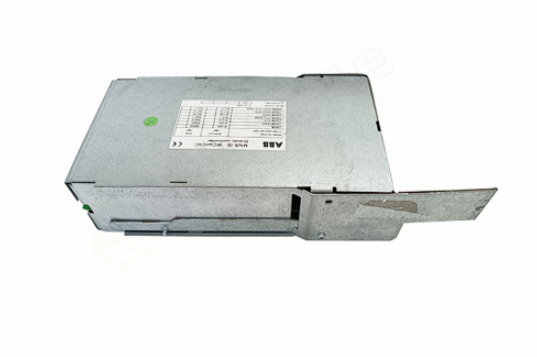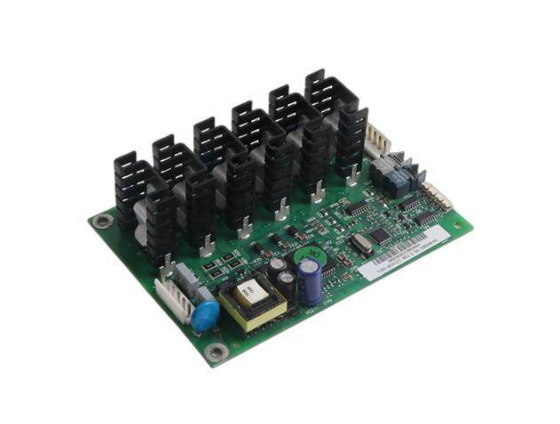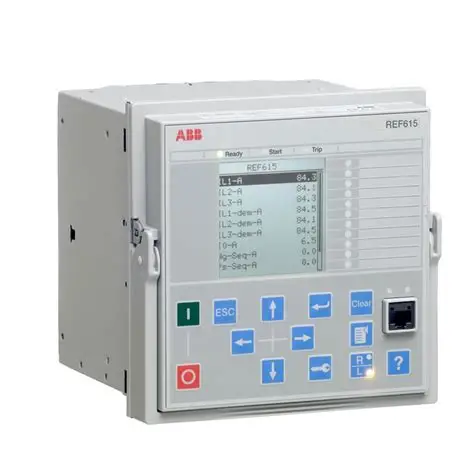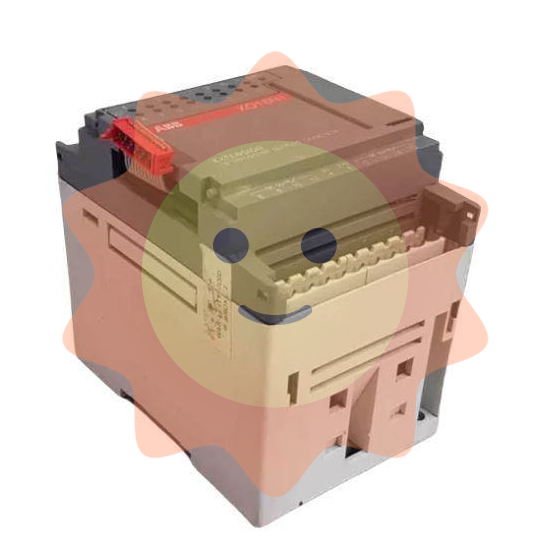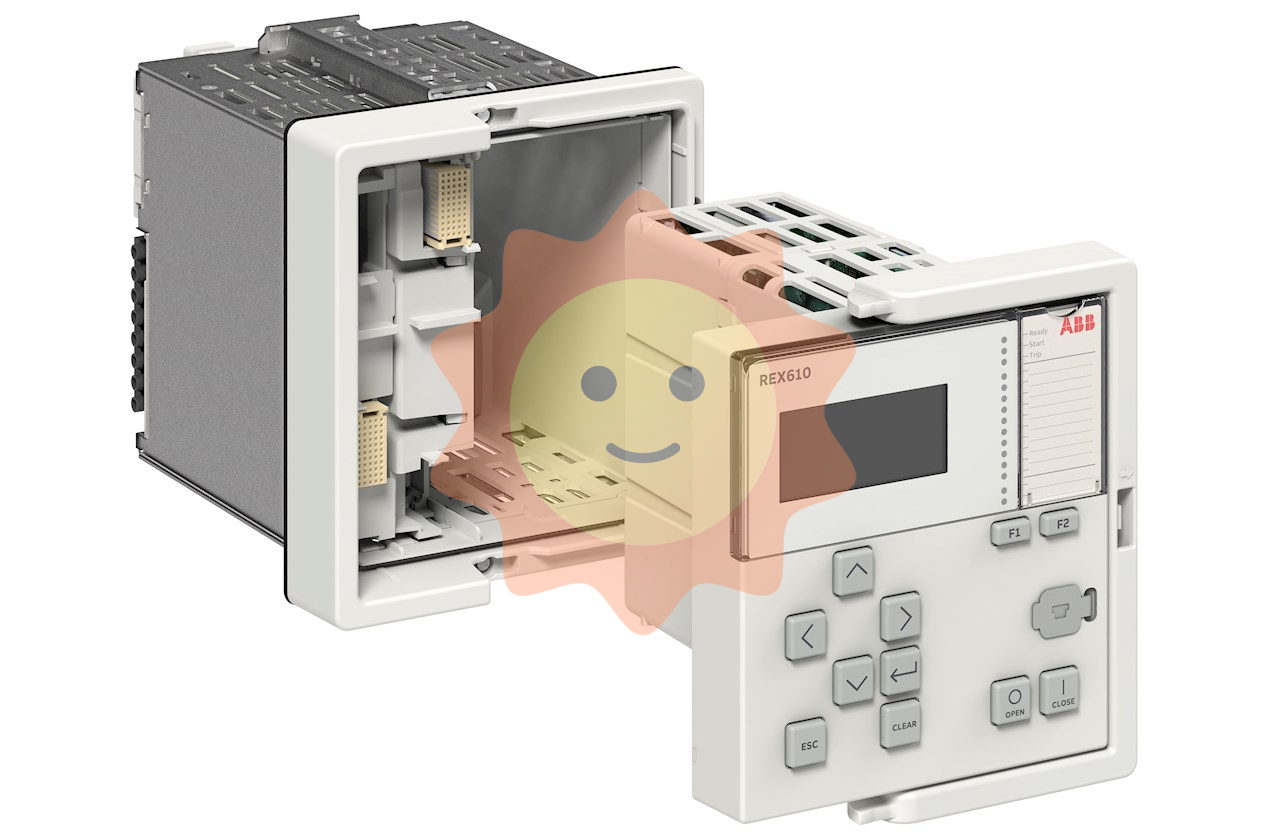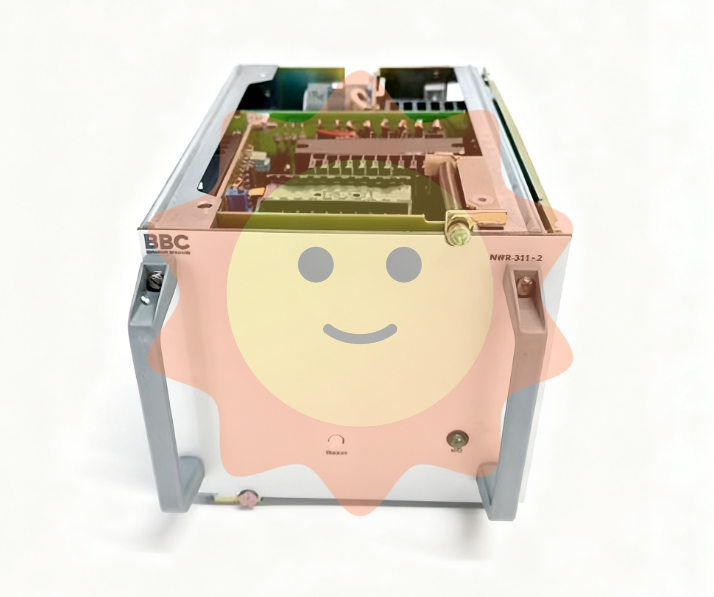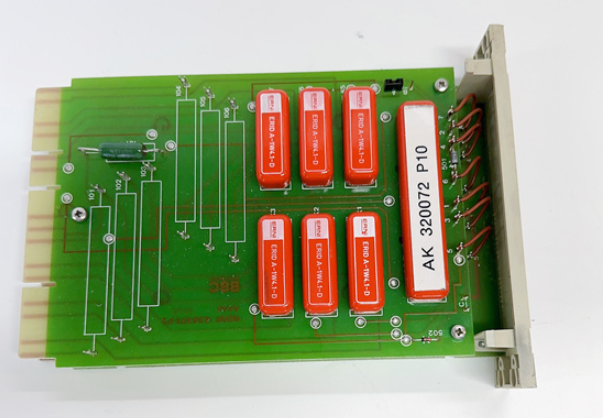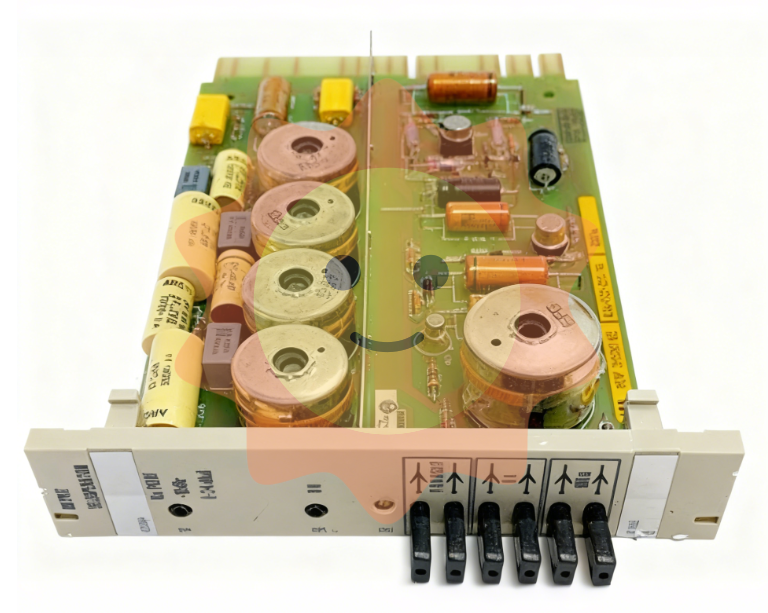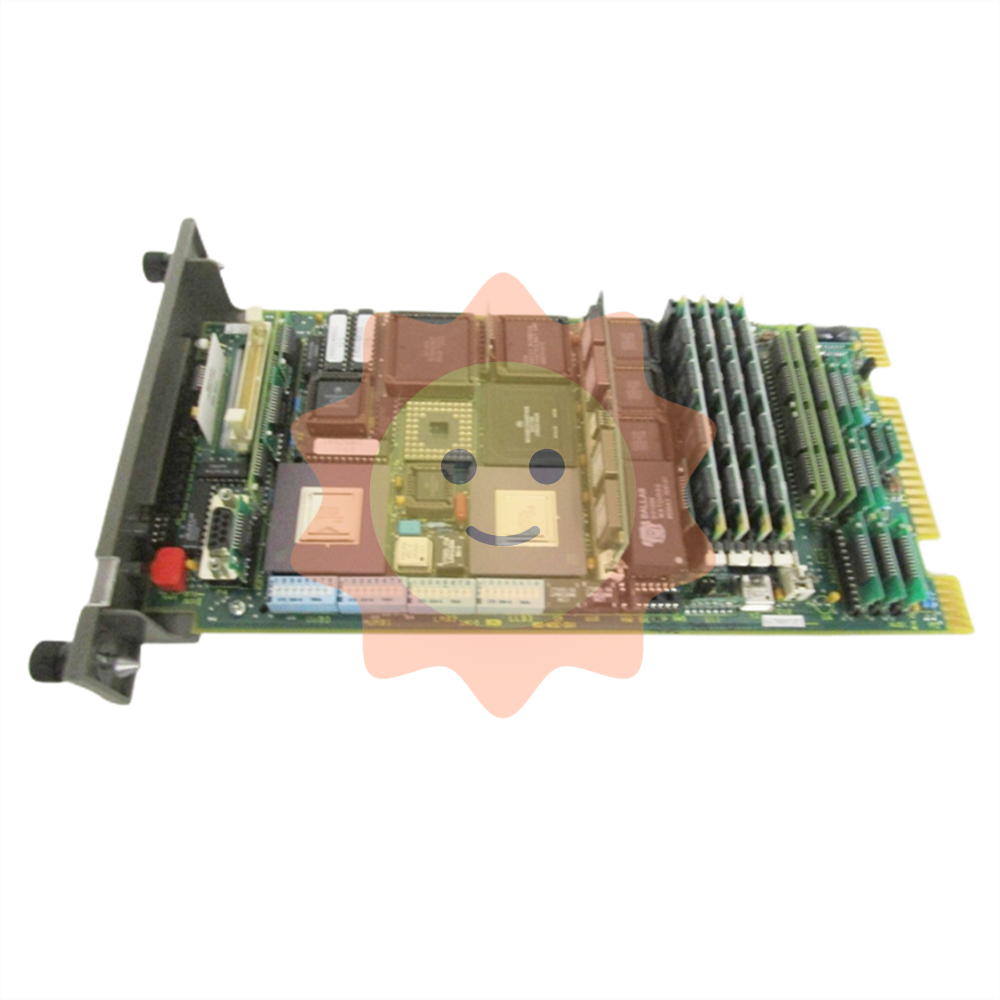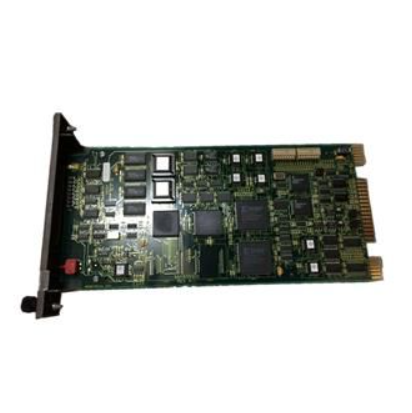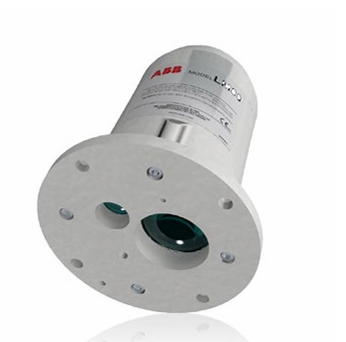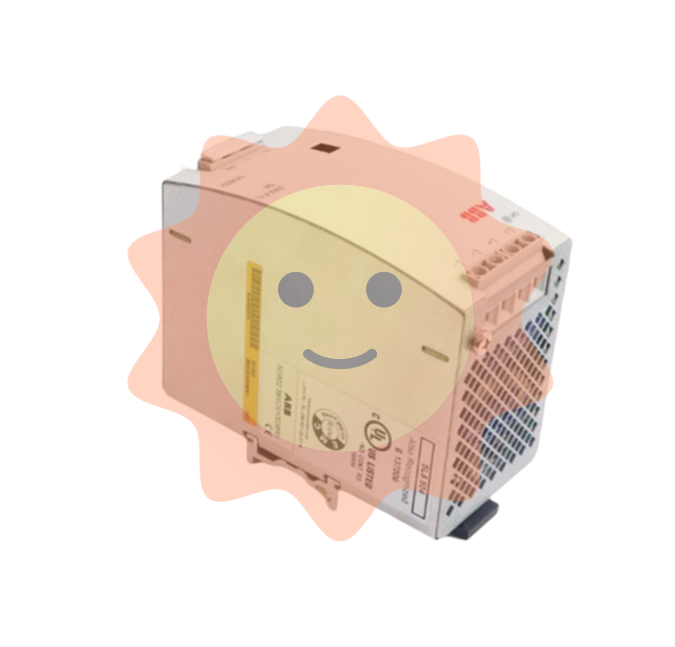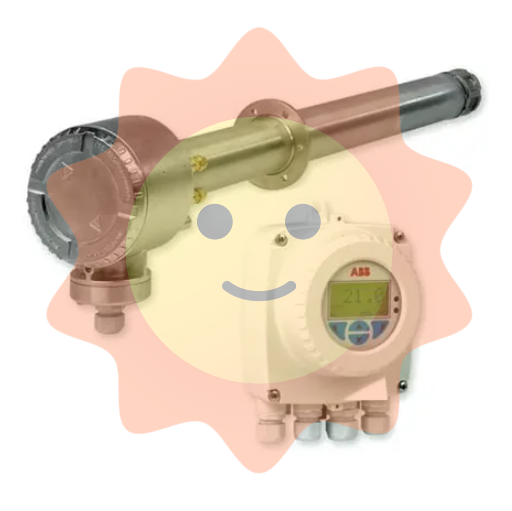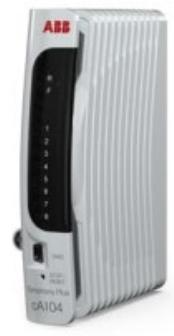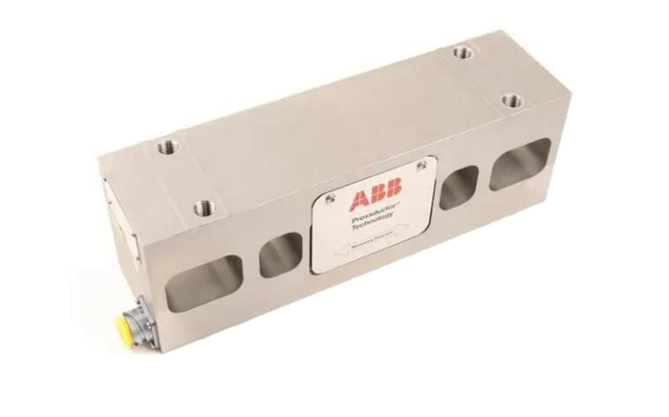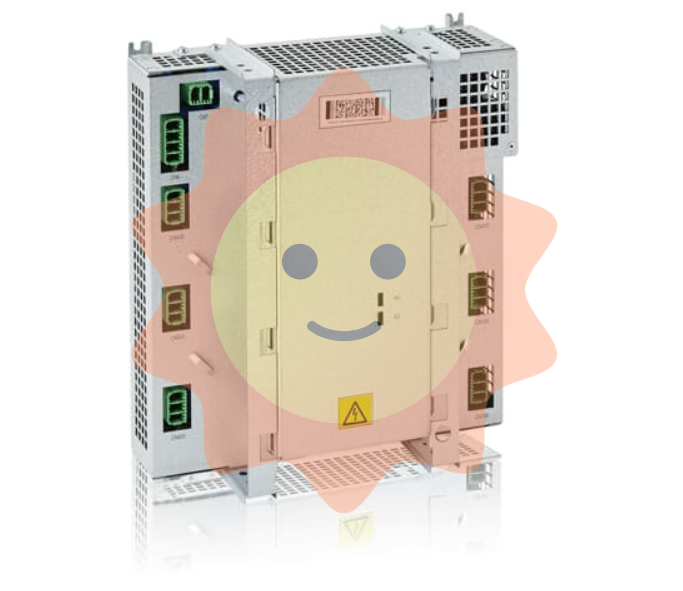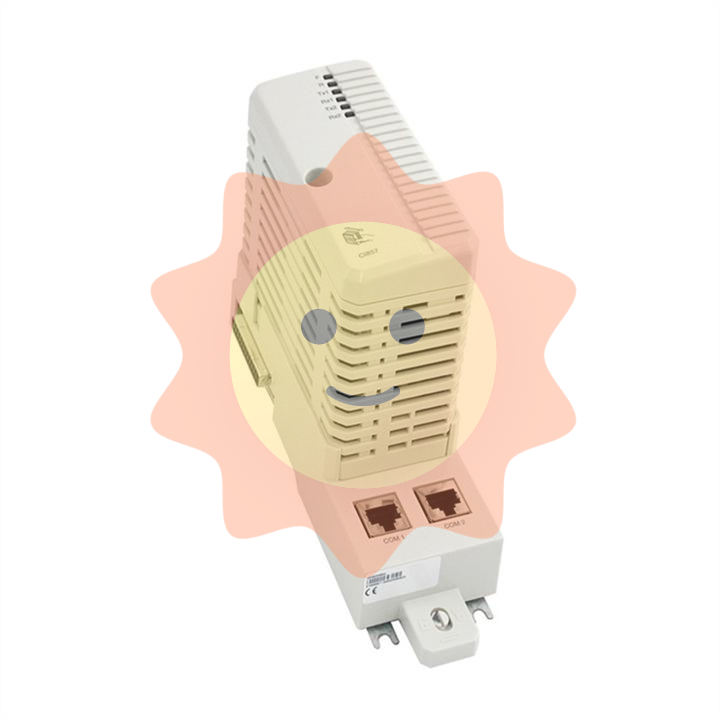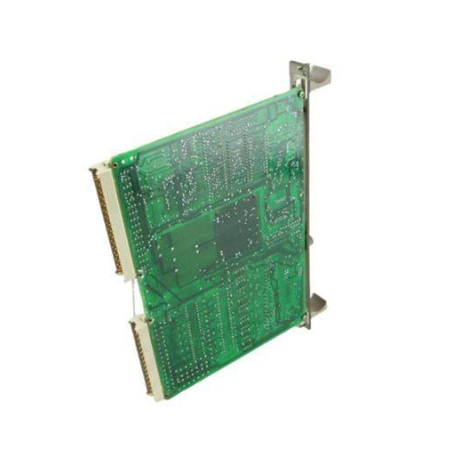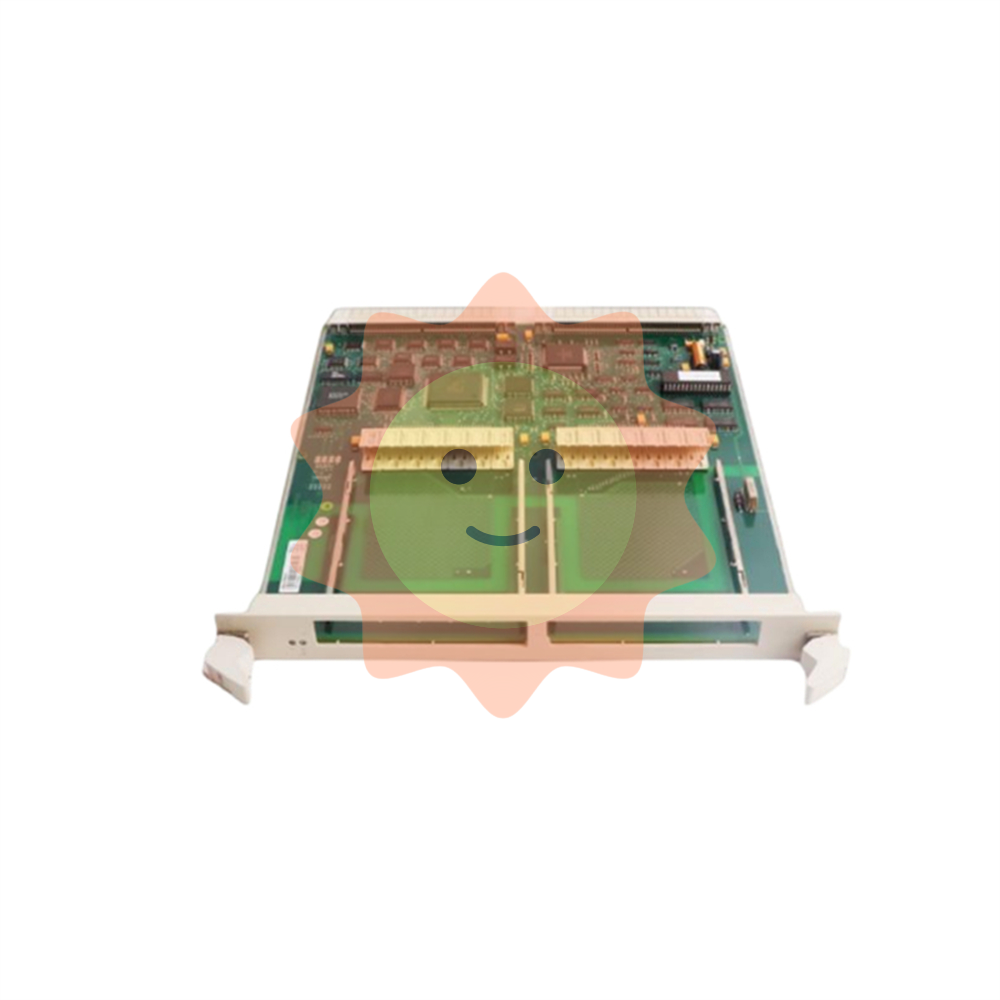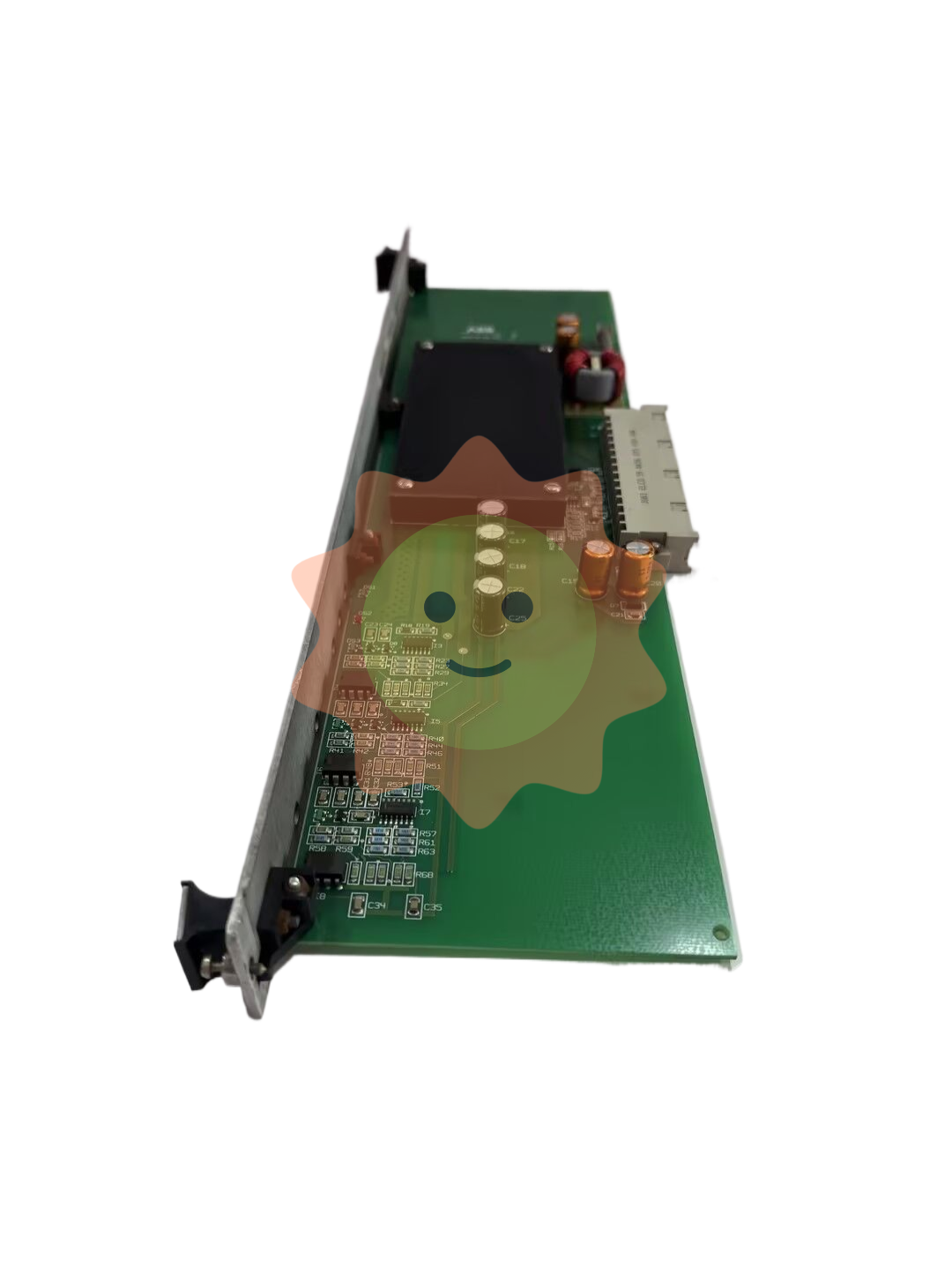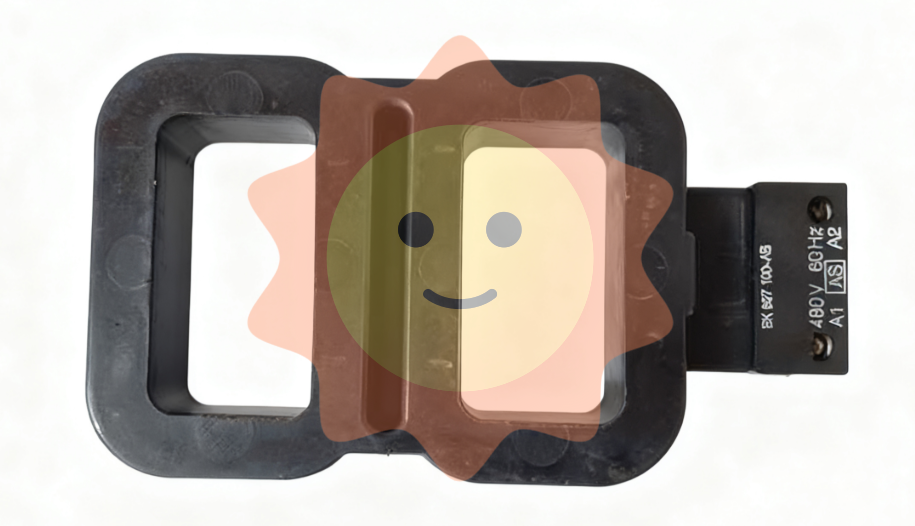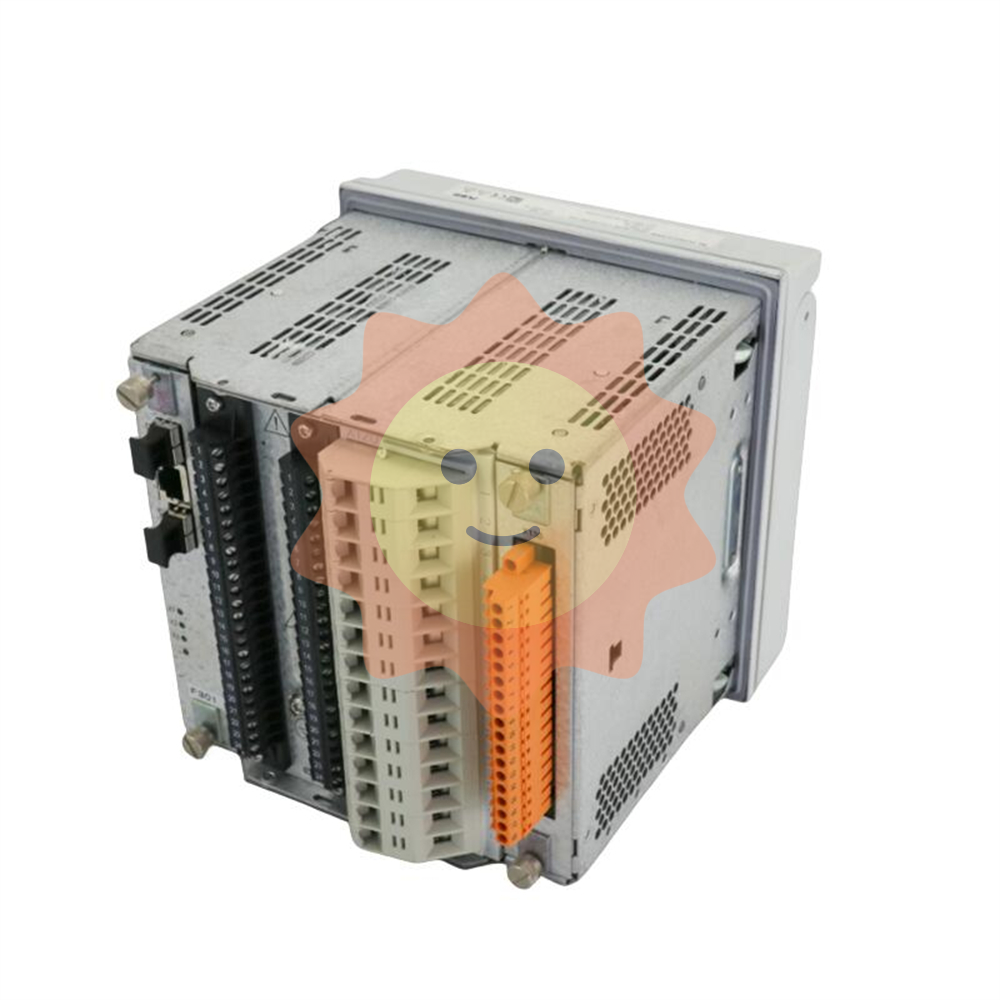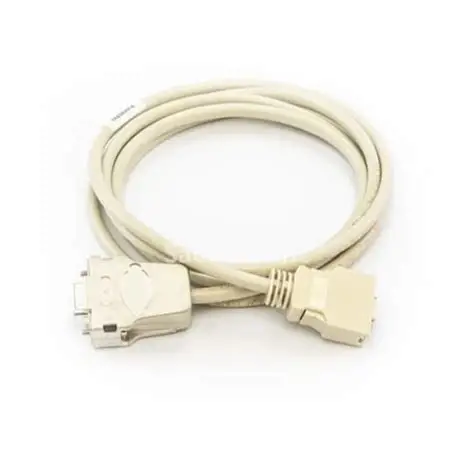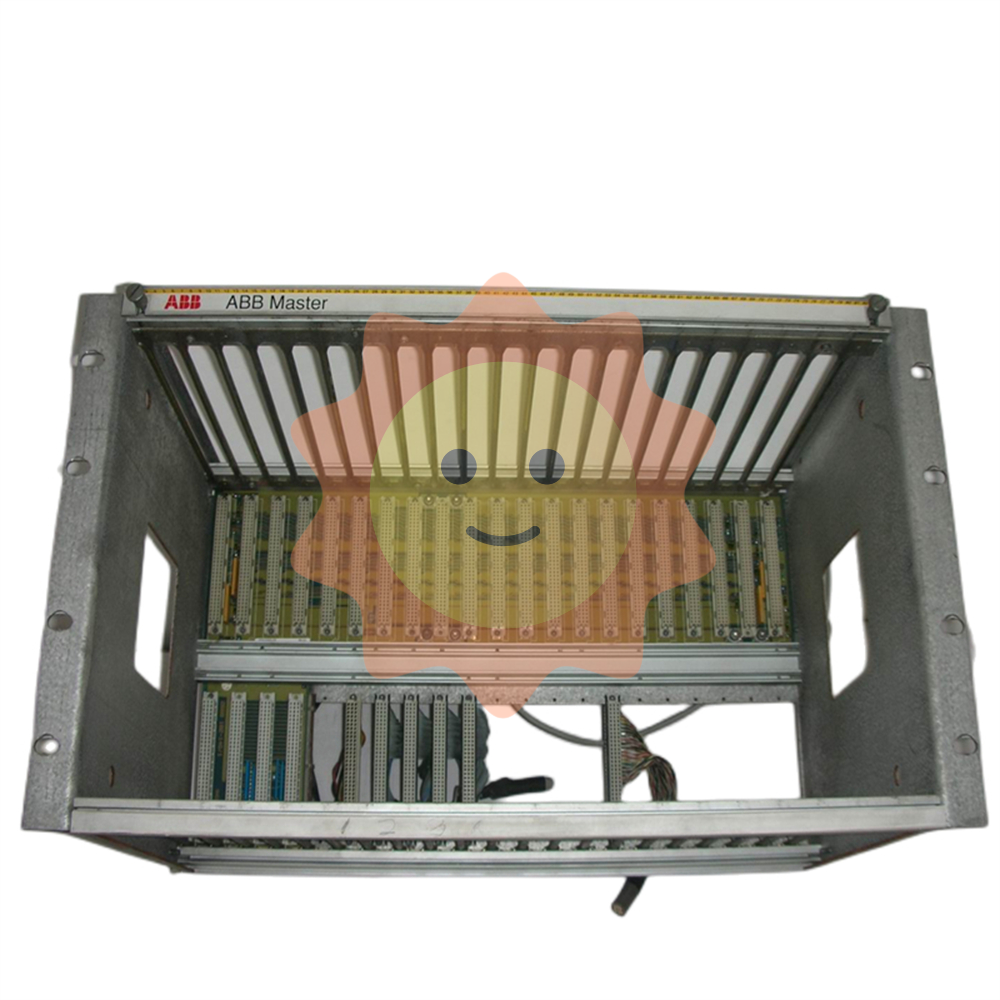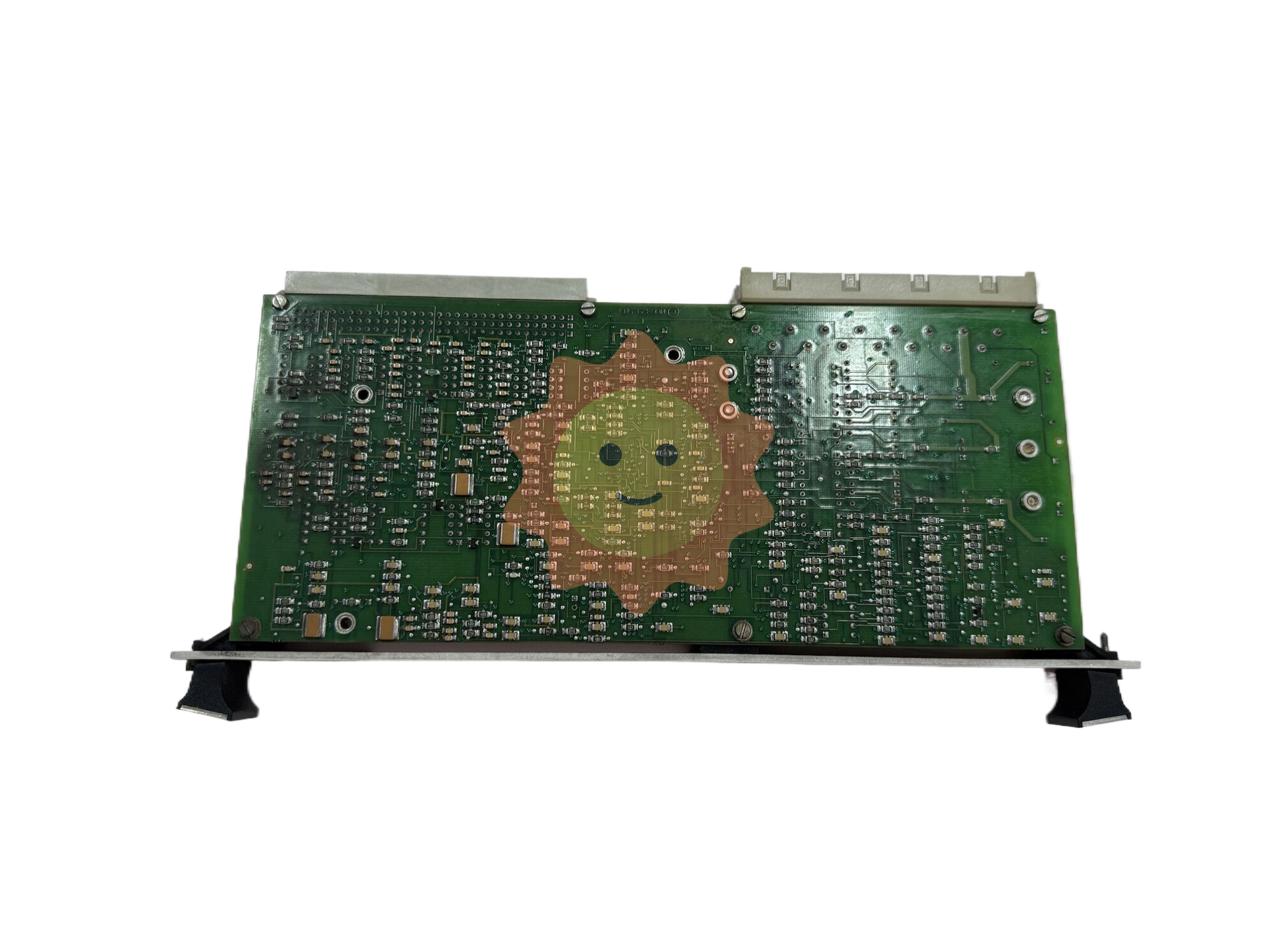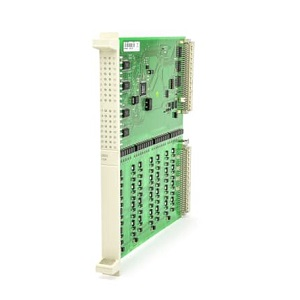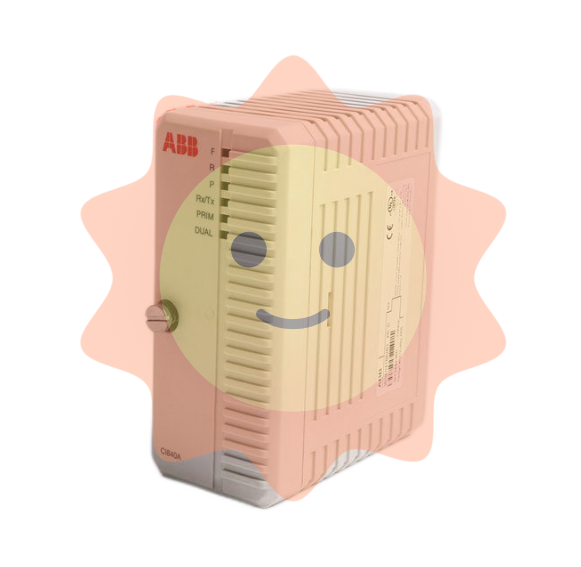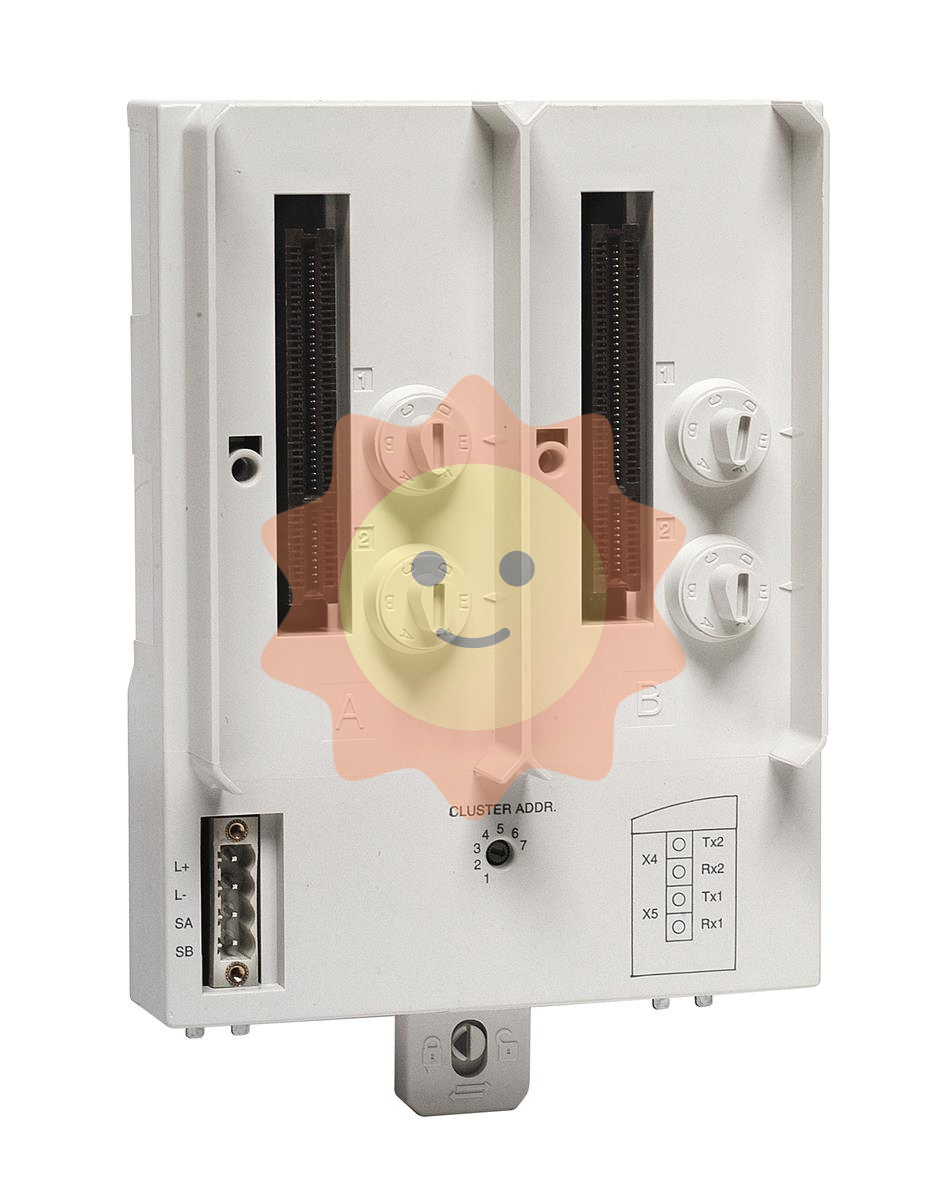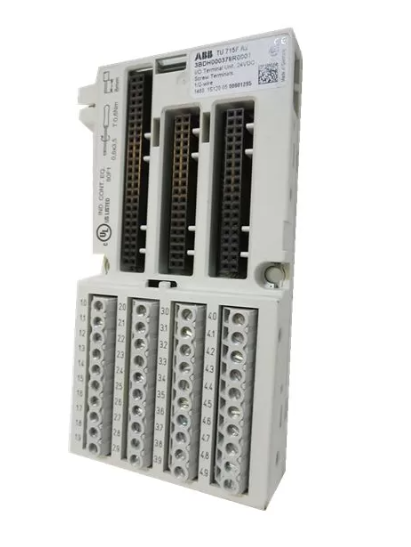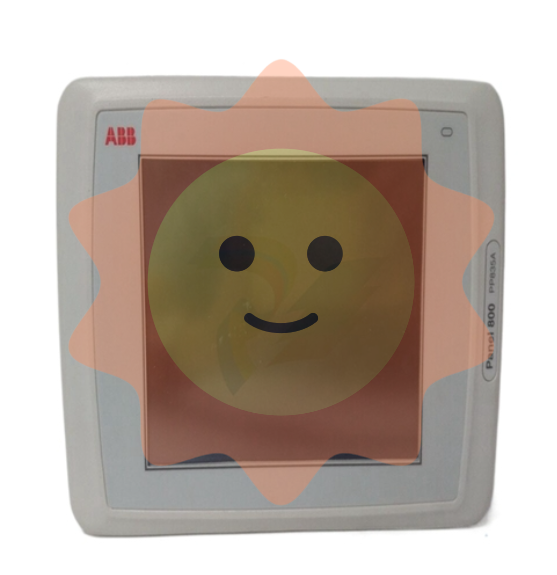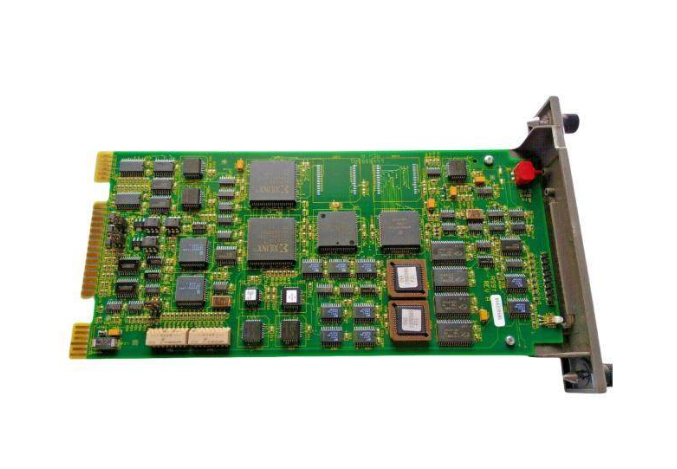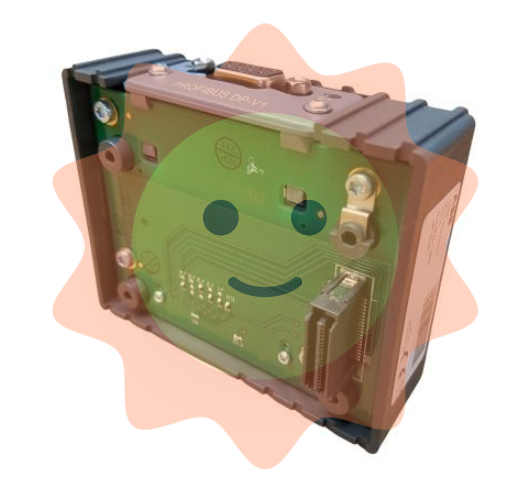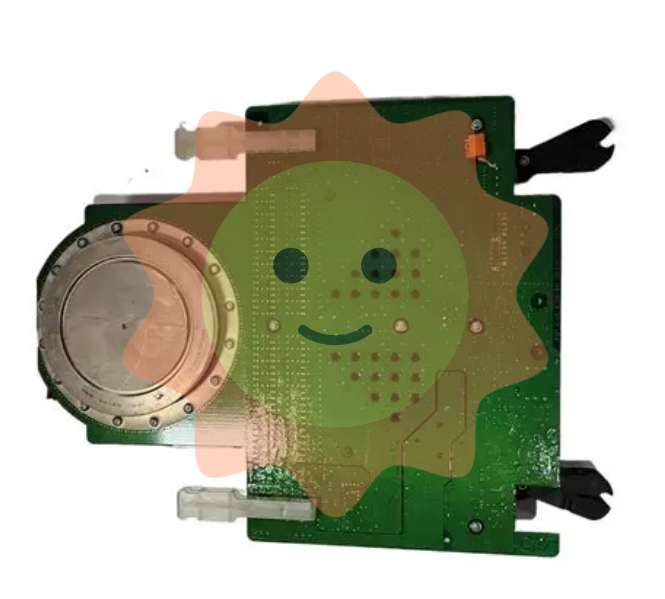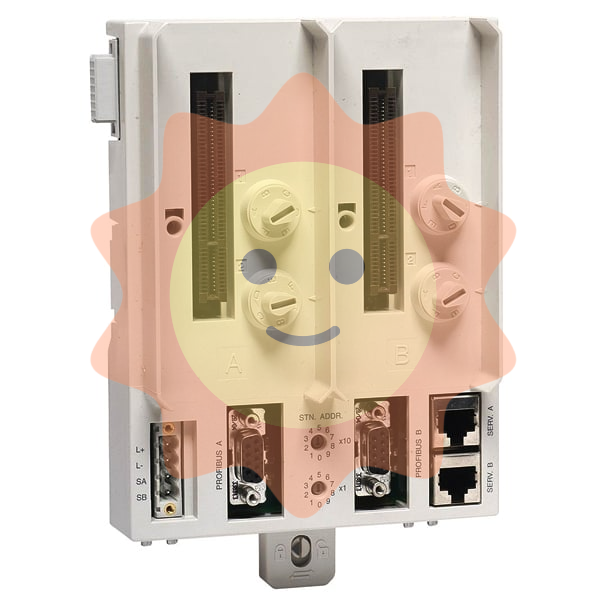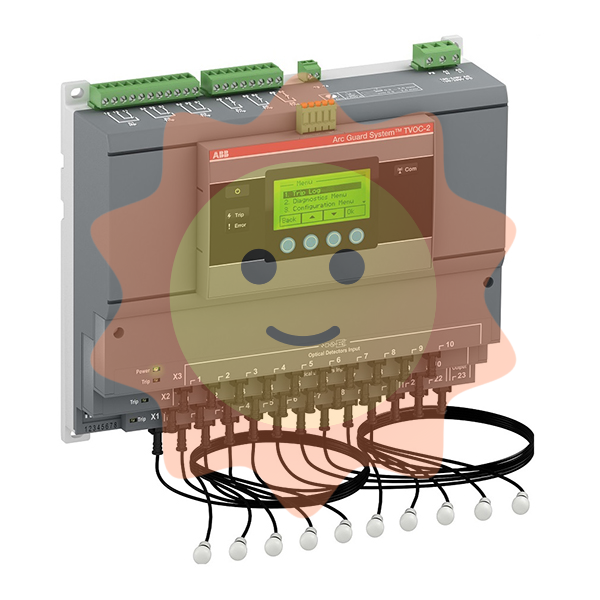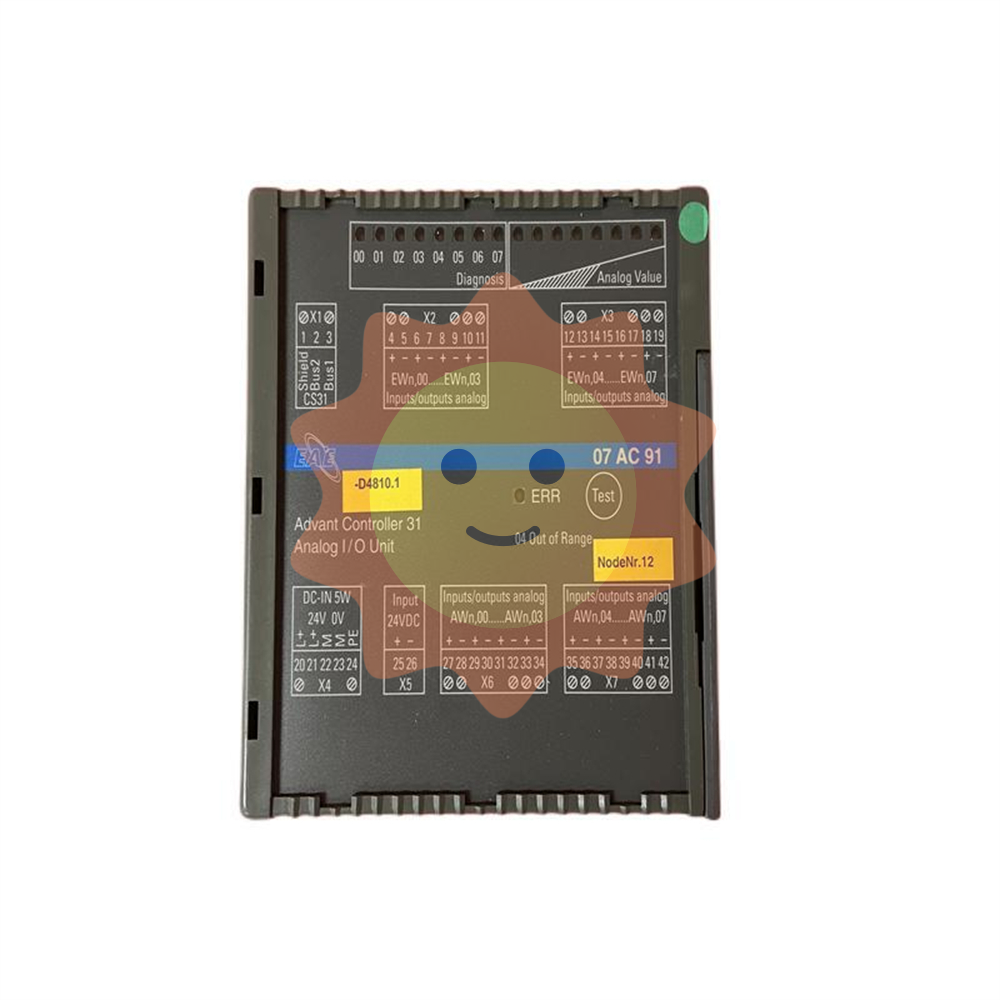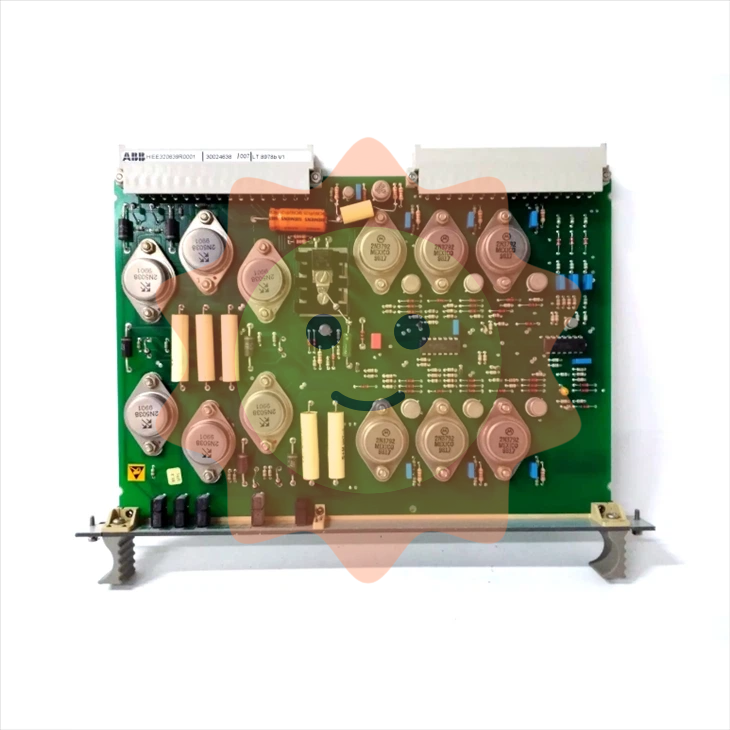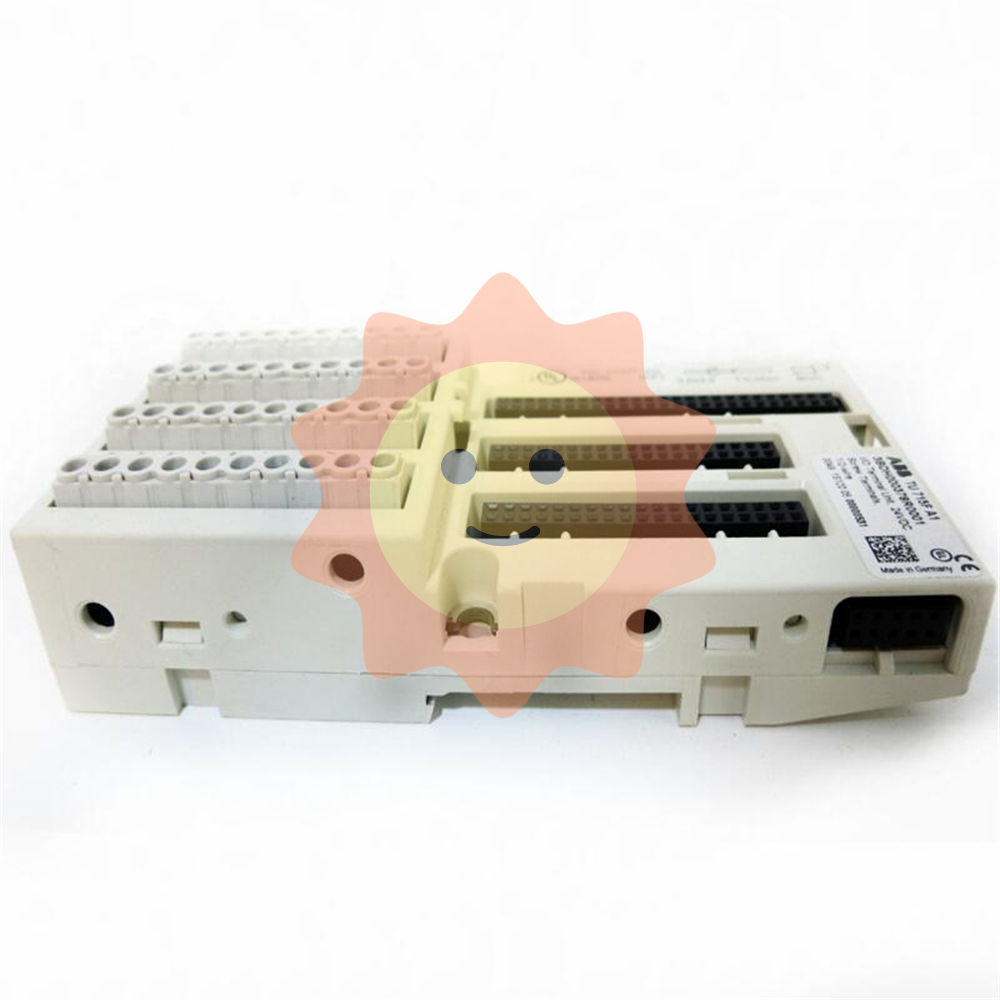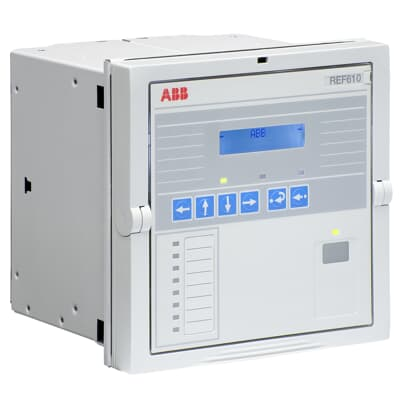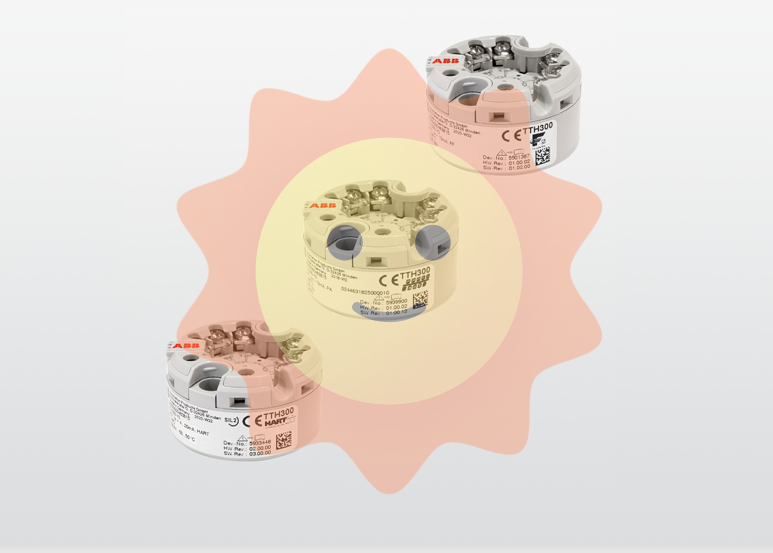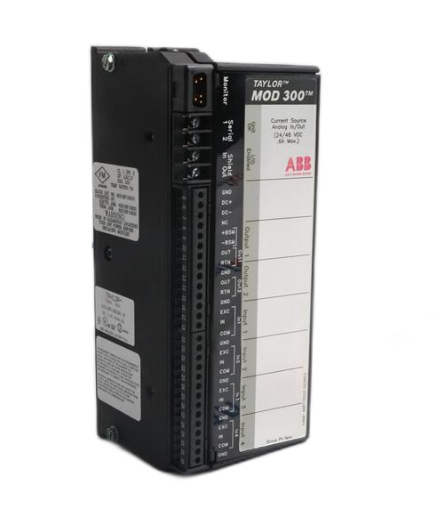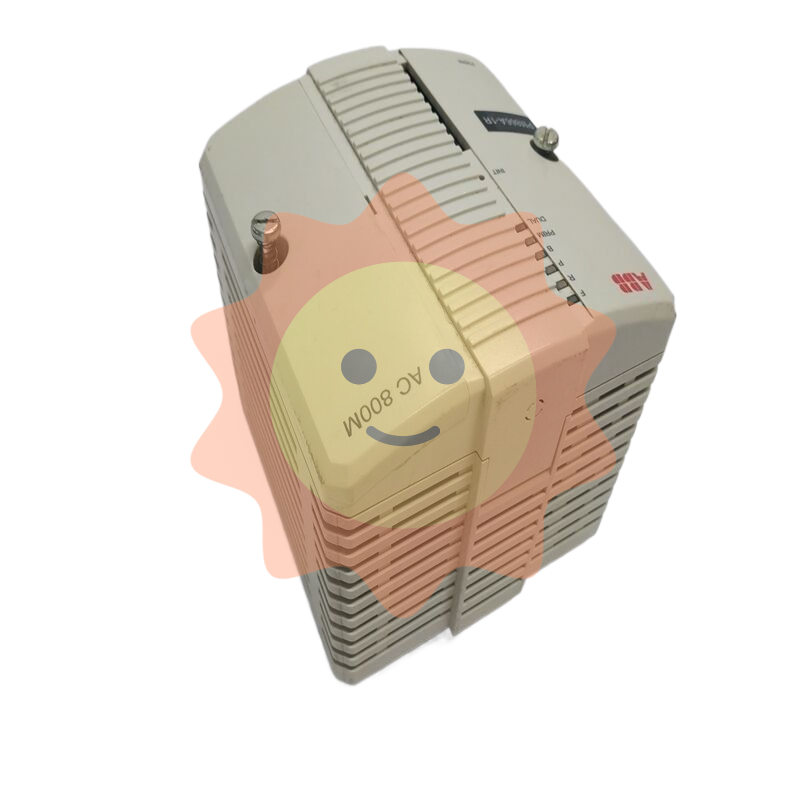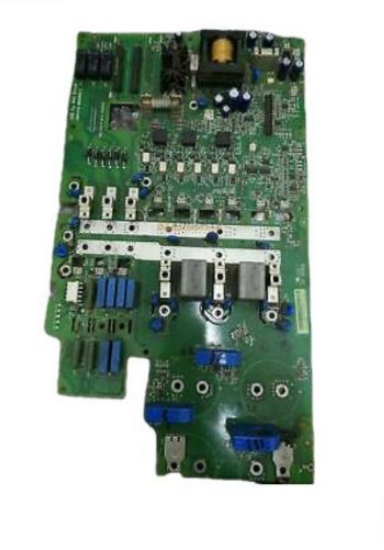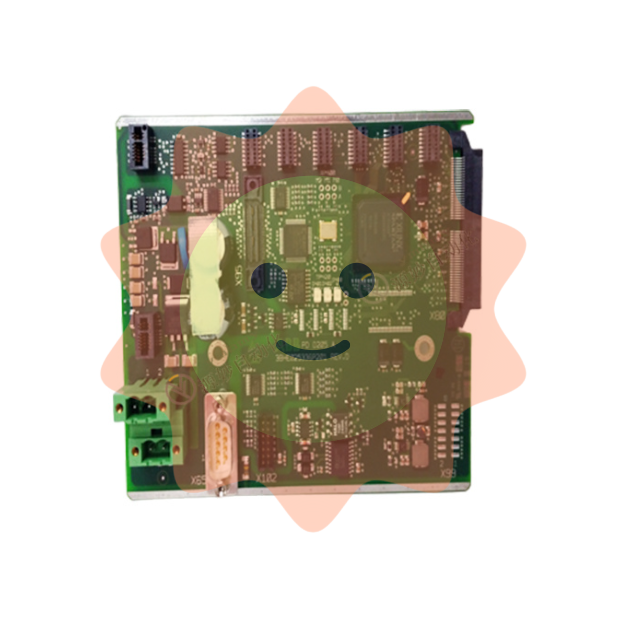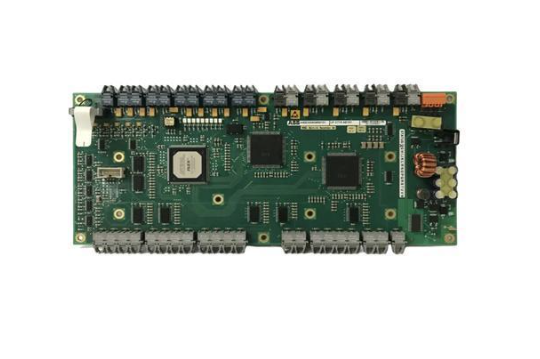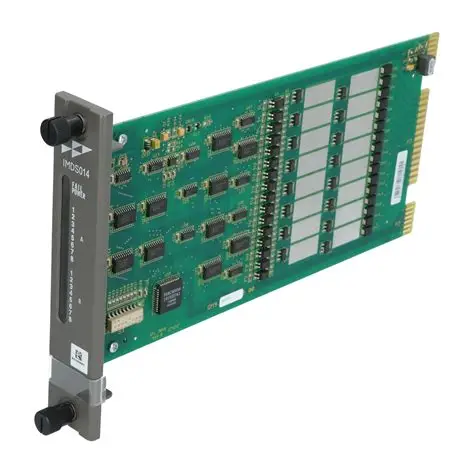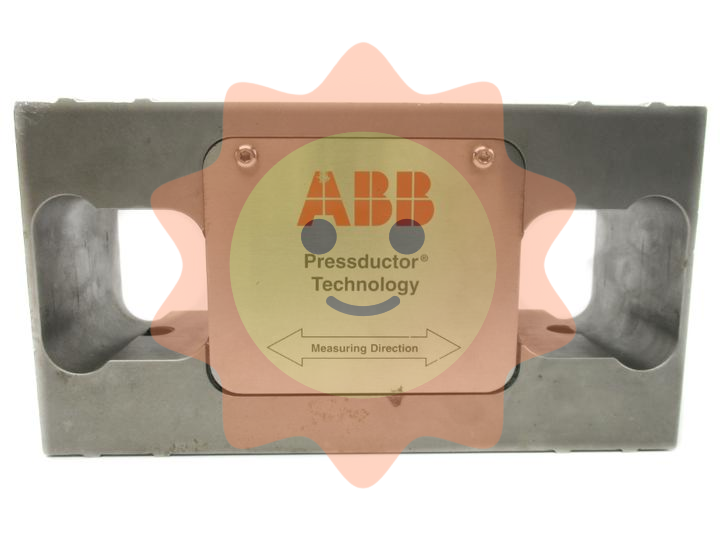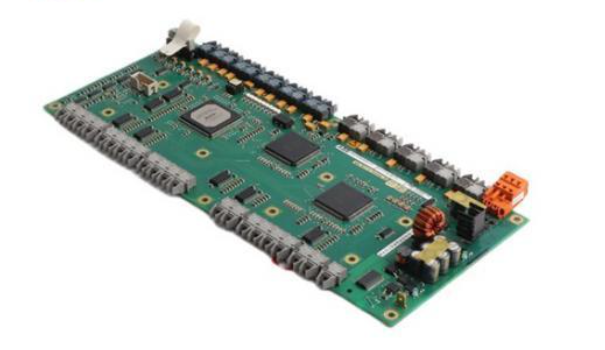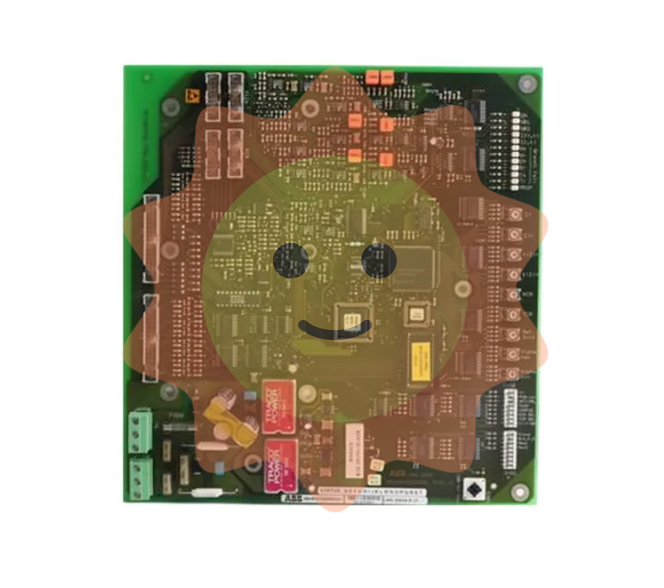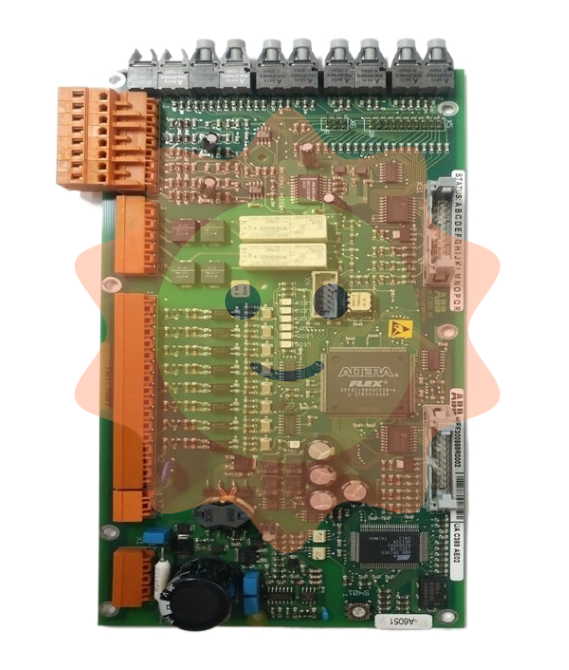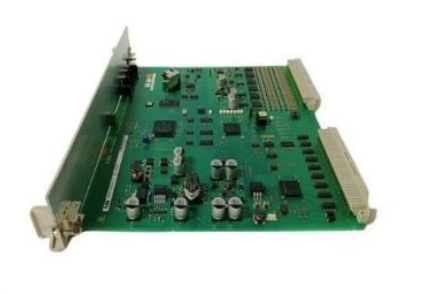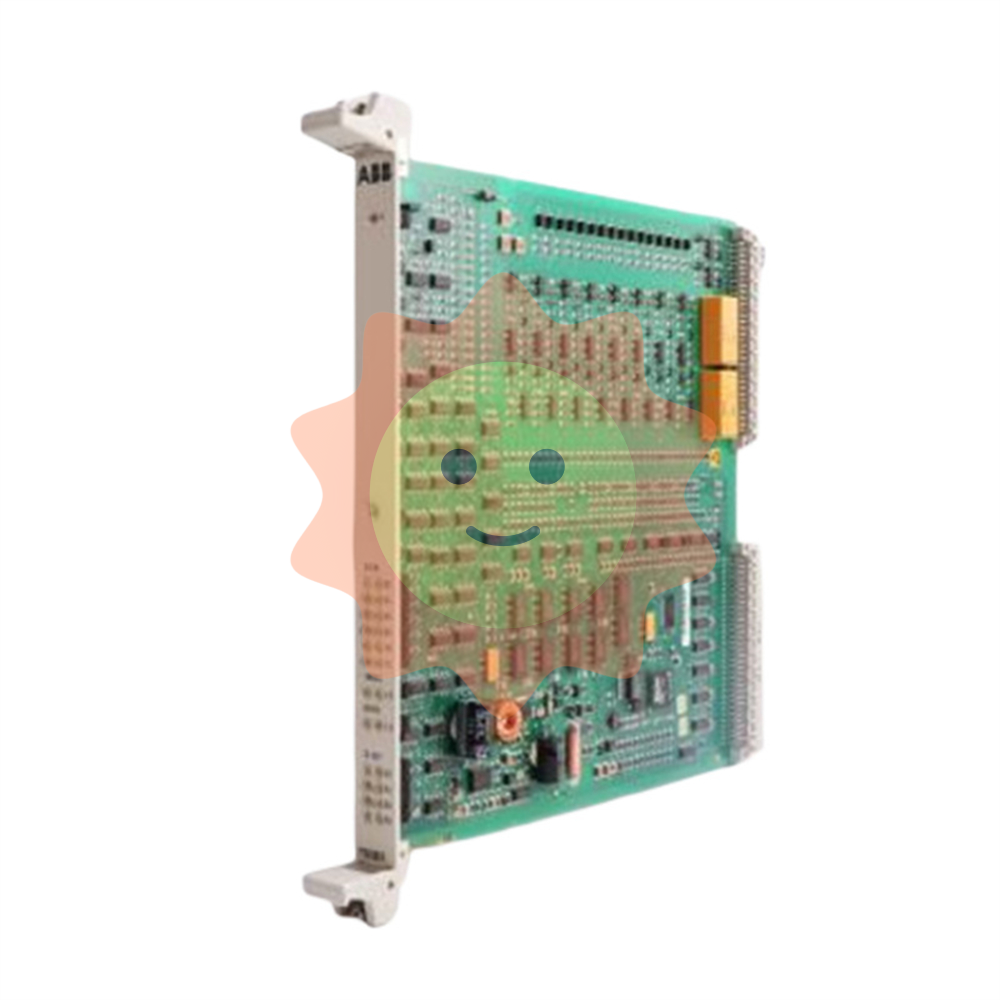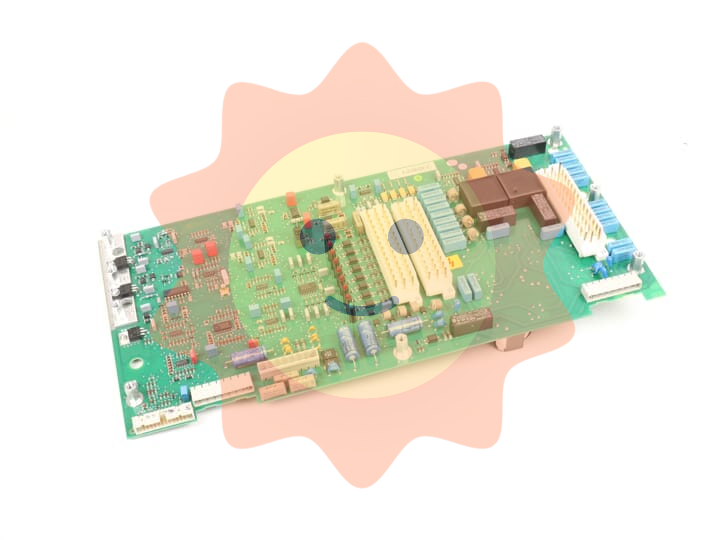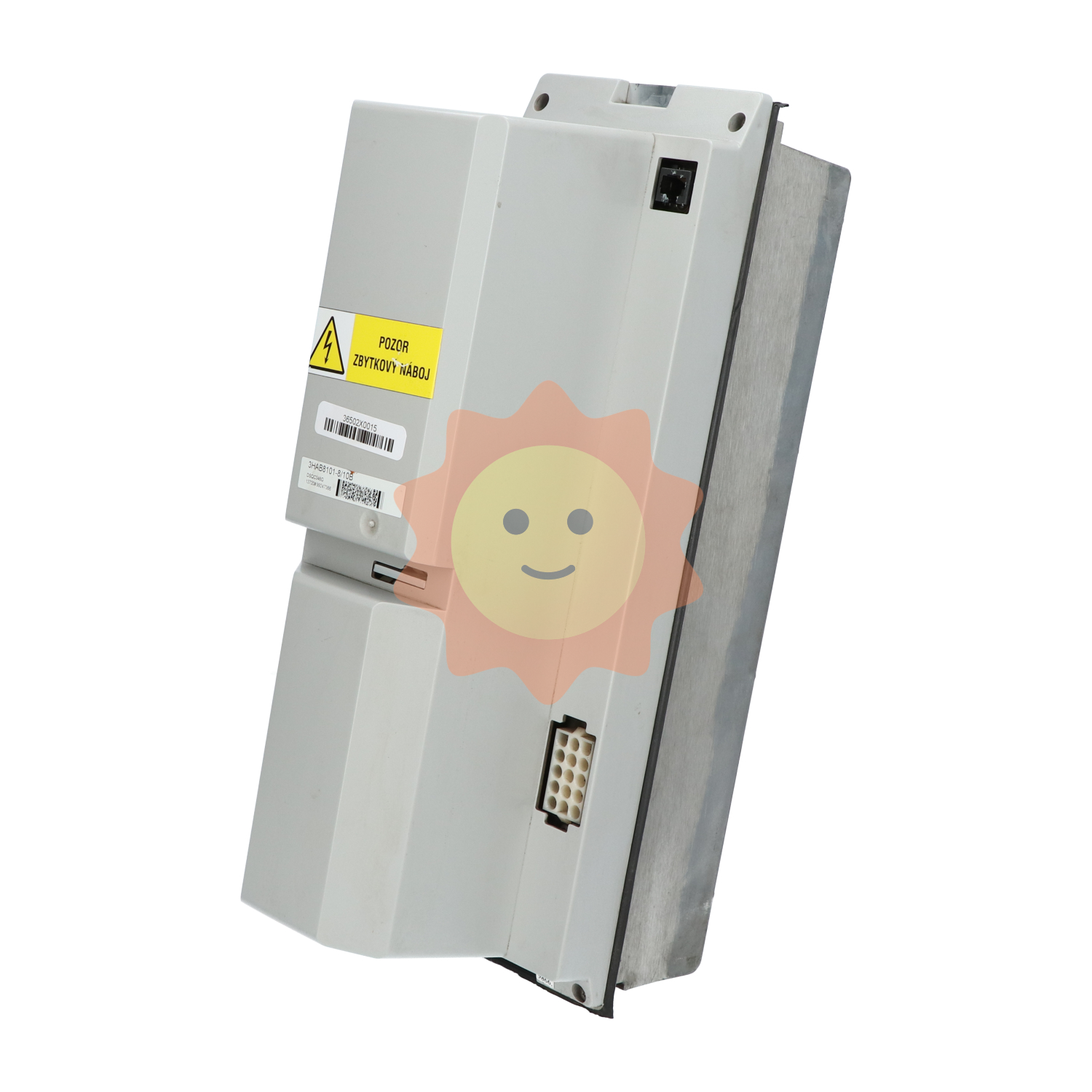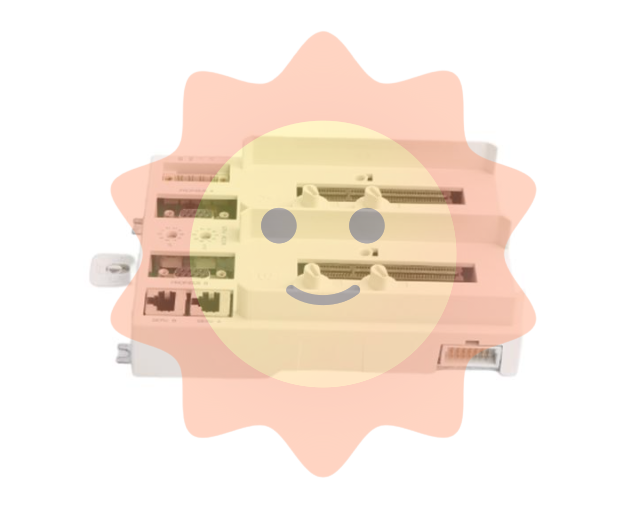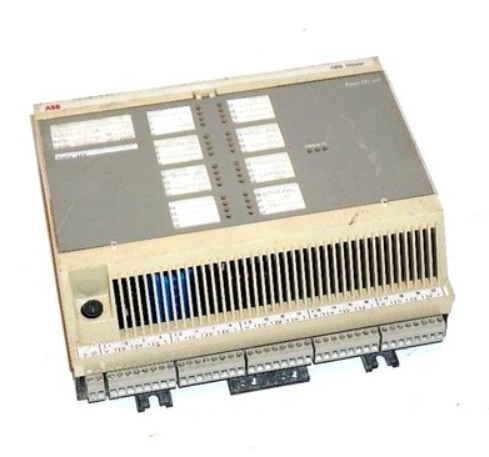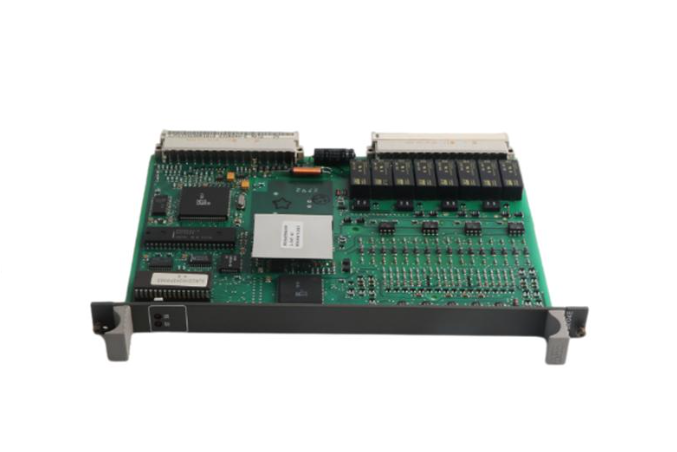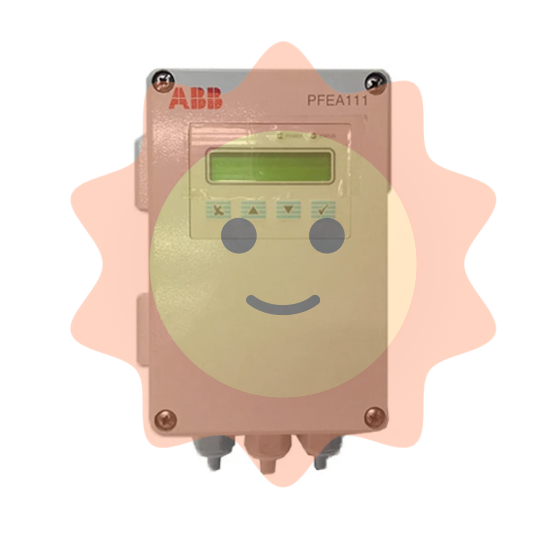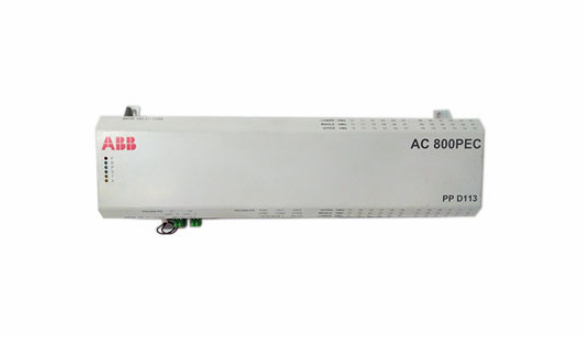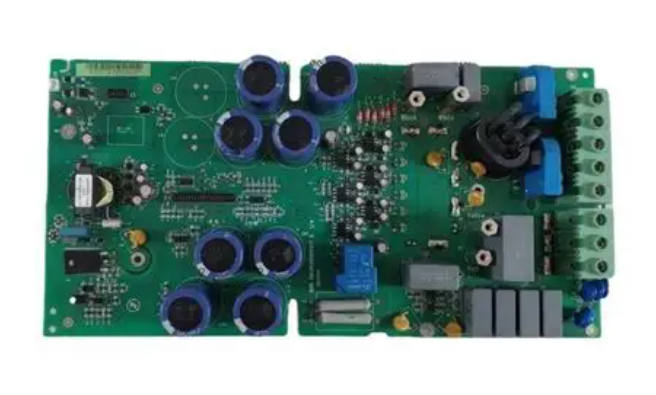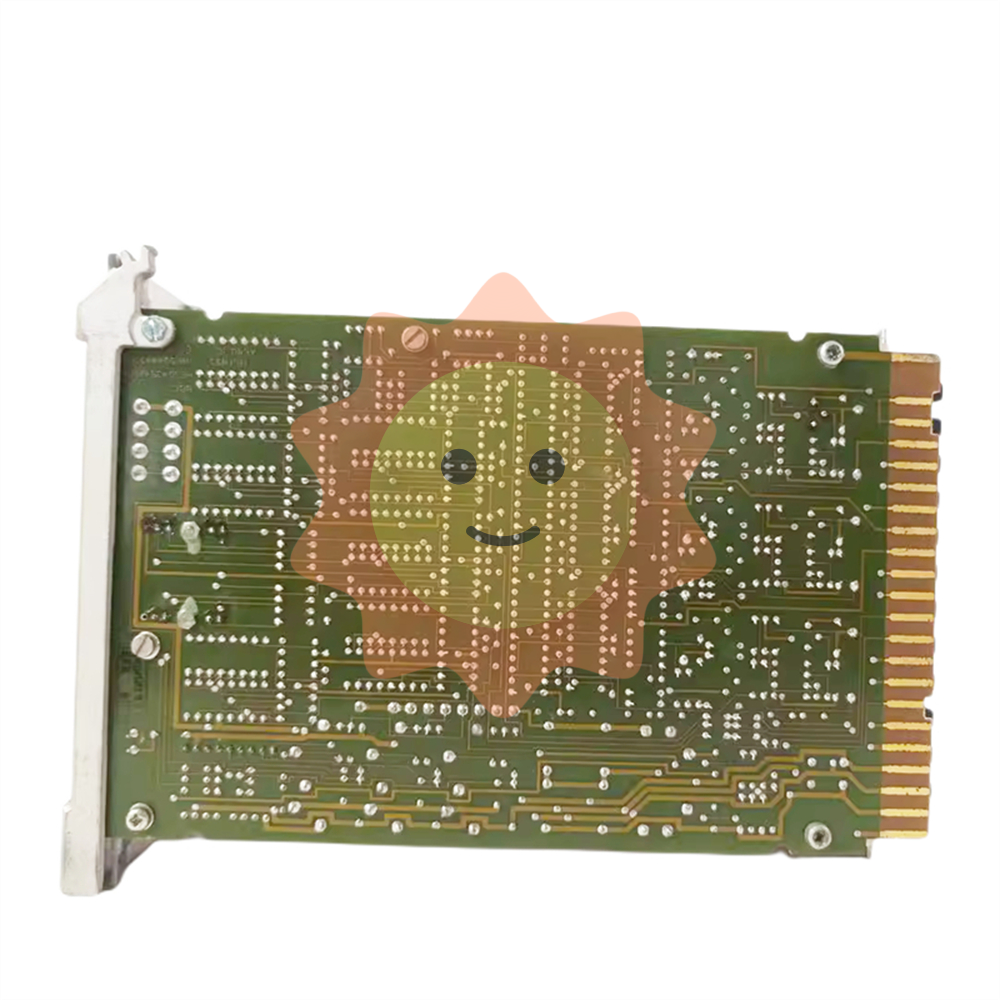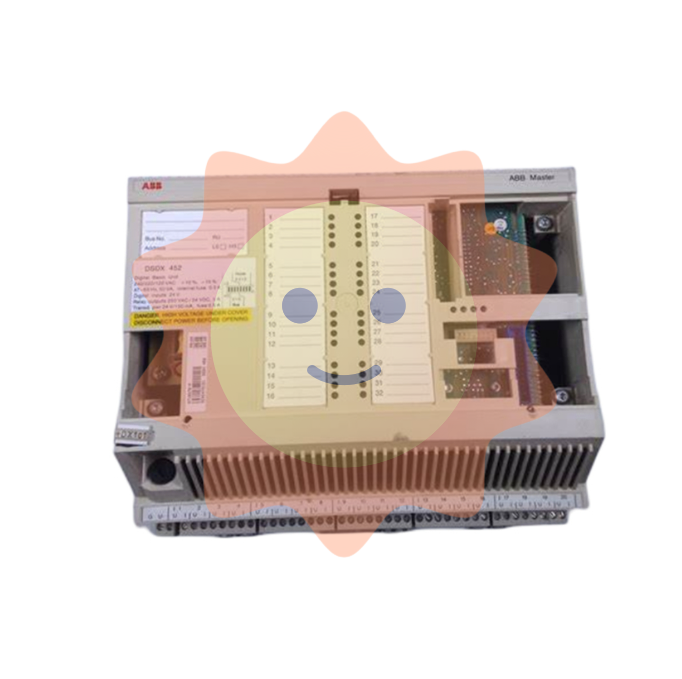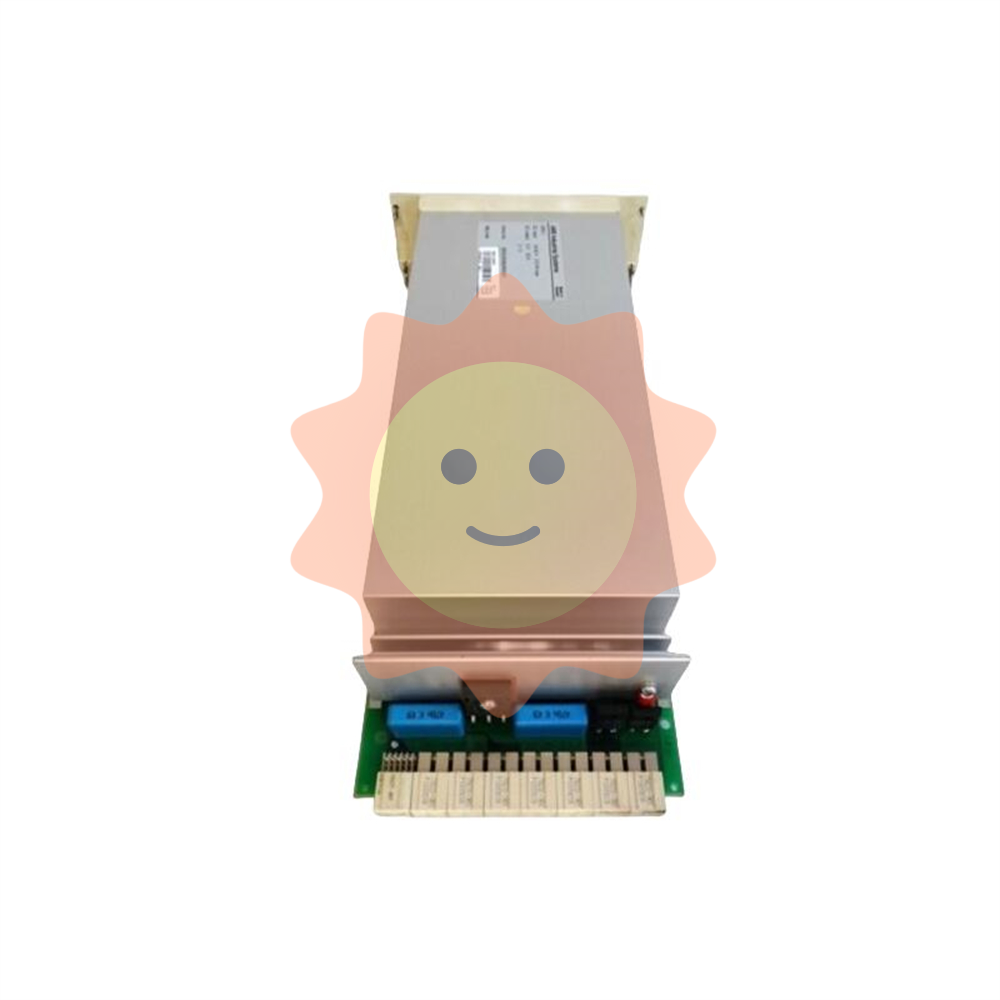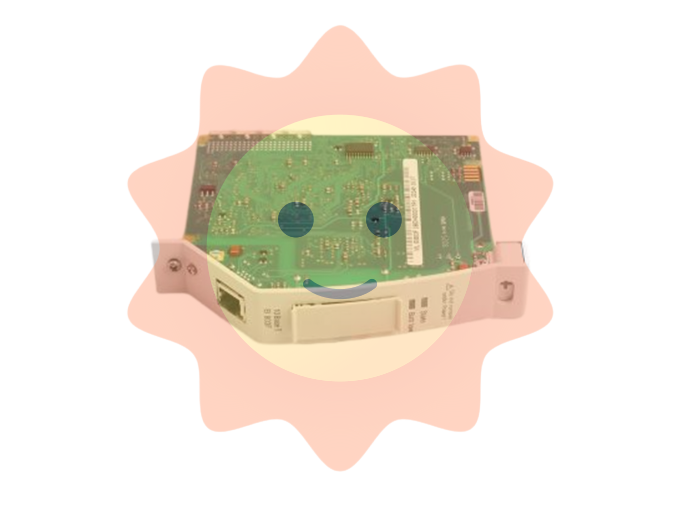PLC and DCS: What's the difference?
1. Definition of DCS and PLC
DCS control system, in the domestic automatic control industry is also called distributed control system. The so-called distributed control system is a new type of computer control system relative to the centralized control system, which is developed and evolved on the basis of the centralized control system.
DCS as a set of process control and process monitoring as one of the computer integrated system, under the continuous drive of the communication network, DCS system has become a comprehensive computer, communication, display and control and other 4C technology complete system. Its main features are decentralized control, centralized operation, hierarchical management, flexible configuration and convenient configuration.
Today's DCS system can be widely used in the production control and management of industrial equipment, in the chemical industry, electric power, metallurgy and other process automation applications have been very popular.
A PLC, or logic Programmable controller, is an electronic system that operates numerically and is designed for use in industrial environments. It uses a programmable memory for its internal storage programs, performs user-oriented instructions such as logical operations, sequence control, timing, counting and arithmetic operations, and controls various types of machinery or production processes through digital or analog input/output, which is the core part of industrial control.
2, the difference between DCS and PLC controller
The main difference between DCS and PLC controller is in the operation of switching quantity and analog quantity, even if the two later penetrate each other, but there is still a difference. After the 80's, PLC in addition to logic operations, also added some control loop algorithms, but to complete some complex operations is still more difficult, PLC with ladder diagram programming, analog operations in programming is not intuitive, programming is more troublesome. However, in terms of solving logic, it has the advantage of being fast. DCS uses functional blocks to encapsulate analog operations and logic operations, whether it is a logical operation or a complex analog operation, the expression form is very clear, but the expression efficiency of logic operations is low compared with PLC.

3, DCS and PLC in the thermal power plant application
In the field of thermal automation in thermal power plants, DCS and PLC are two completely different and inextricably linked concepts. DCS and PLC are the product of the combination of computer technology and industrial control technology, the control system of the thermal power plant is DCS, and PLC is mainly used in the auxiliary workshop of the power plant. DCS and PLC have the operator station to provide the means of human-computer interaction, rely on the controller based on computer technology to complete the control operation, through the I/O card to complete the data exchange with the primary component and the execution device, and have a communication system called the network.
With the continuous expansion of installed capacity of domestic power plants and the promotion of power system reform, the requirements for auxiliary workshop control are also increasing, in this environment, DCS system into auxiliary workshop control has become a trend. NT6000DCS, due to its comprehensive technical and economic advantages, has and will continue to play an increasing role in auxiliary workshop control.
The PLC widely used in the auxiliary workshop will not exit the historical stage of thermal automation, unprecedented competitive pressure will prompt PLC manufacturers to move closer to the DCS standard in technology and make greater efforts in price. DCS and PLC market competition results will enable users to obtain greater benefits.
4, DCS and PLC control processing capacity
A PLC controller is often able to handle thousands of I/O points (up to more than 8,000 I/O). The DCS controller can generally only handle a few hundred I/O points (no more than 500 I/O).
From the requirements of the distributed system, do not allow centralized control of the situation, too many points of the controller is useless in practical applications, DCS developers simply do not develop with a lot of I/O points of the controller needs to drive, their main energy is to provide system reliability and flexibility. The PLC is not the same, as an independent flexible control device, the stronger the ability, of course, the higher the technical level, as for the application level of the entire control system, which is mainly the matter of engineers and users, rather than the core goal of PLC manufacturers. Another indicator of control processing power, computing speed, in people's impression of PLC is also much faster than DCS.
The new DCS controller has learned from the design of large PLCS, and its performance in terms of control cycles has been greatly improved. The T2550 controller of NT6000DCS is used as an example. The controller can set four tasks with different priorities, and the minimum operation cycle can be set to 10ms. With high-speed I/O cards, the control cycle can reach 15-20ms. The analog computation is set in other tasks with longer cycles.

5, PLC and DCS system scalability and compatibility of control products on the market, whether DCS or PLC, there are many manufacturers in the production and sales. For PLC systems, there is generally no or little need for expansion, because PLC systems are generally used for equipment. In general, there are few compatibility requirements for PLC, such as two or more systems that require resource sharing, which is also very difficult for PLC. And PLC generally use a dedicated network structure, such as Siemens MPI total linear network, and even adding an operator station is not easy or costly.
DCS in the process of development is also the manufacturer's own system, but most of the DCS system, such as YOKOGAWA Yokogawa, Honeyville, ABB, etc., although the system internal (process level) communication protocol is not the same, but the operation level network platform is the same choice of Ethernet network, using standard or deformed TCP/IP protocol. http://diangon.com This provides very convenient scalability. In this kind of network, the controller and the computer exist as a node, as long as the network reaches the place, you can arbitrarily increase or decrease the number of nodes and arrange the node position. In addition, based on windows OPC, DDE and other open protocols, the system can also be very convenient communication, in order to achieve resource sharing.
6, PLC and DCS database
DCS generally provides a unified database. In other words, once a data exists in the database in the DCS system, it can be referenced in any situation, such as in the configuration software, in the monitoring software, in the trend chart, in the report... The database of the PLC system is usually not unified, and the configuration software and monitoring software and even the archiving software have their own database. Why is it often said that the S7 400 of Siemens is called DCS when it is more than 414? This is because Siemens' PCS7 system uses a unified database, and PCS7 requires controllers to be at least S7 414-3 and above.

7, PLC and DCS time scheduling
The PLC program generally cannot run according to the preset cycle. The PLC program is executed once from beginning to end and then again from the beginning. (Now some new PLCS have improved, but there are still limits on the number of task cycles) and DCS can set task cycles. For example, quick tasks. The same is the sampling of the sensor, the change time of the pressure sensor is very short, we can use 200ms task period sampling, and the lag time of the temperature sensor is very large, we can use 2s task period sampling. In this way, the DCS can reasonably schedule the resources of the controller.
8, PLC and DCS network structure
Generally speaking, DCS usually uses a two-layer network structure, the first layer is a process-level network, and most DCS use their own bus protocols, such as Yokogawa Modbus, Siemens and ABB Profibus, ABB CAN bus, etc. These protocols are based on standard serial transmission protocols RS232 or RS485. The field IO module, especially the analog amount of sampled data (machine code, 213/ scan cycle) is very large, and there are many field interference factors, so the network standard with large data throughput and strong anti-interference ability should be adopted. The bus structure based on the asynchronous communication mode of RS485 serial port meets the requirements of field communication.
The sampled data of I/O is converted to shape data or real data by the CPU and transmitted on the operation-level network (Layer 2 network). Therefore, the operation-level network can adopt the network standard of moderate data throughput, fast transmission speed and convenient connection, and because the operation-level network is generally arranged in the control room, the requirement of countering interference is relatively low. So using standard Ethernet is the best choice. TCP/IP protocol is a standard Ethernet protocol, generally we use 100Mbit/s communication speed.
The task of the PLC system is relatively simple, so the amount of data that needs to be transmitted is generally not too large, so the common PLC system is a layer of network structure. Either the process level network and the operation level network are merged together, or the process level network is reduced to internal connections between modules. PLCS make little or no use of Ethernet.

9, PLC and DCS application object scale
PLC is generally used in small automatic control places, such as the control of equipment or a small amount of analog control and interlocking, and large applications are generally DCS. Of course, this concept is not very accurate, but very intuitive, we are used to more than 600 points of the system called DCS, less than this scale called PLC. Our heat pump and QCS, horizontal product supporting control system is generally called PLC.
10, DCS and PLC market situation and development direction
In the field of thermal automation, the main plant control system uses DCS almost without exception. PLCS are used in auxiliary workshops. The main reason is that the early DCS system is very expensive, people think that the operation of the auxiliary workshop can be interrupted, the reliability requirements are not very high, and the analog control requirements are less, from the point of view of reducing costs, often choose PLC to build the control system. The boiler, steam engine and generator control system, requiring long-term stable and reliable operation, the signal contains a considerable proportion of analog, from the performance of the system, people have to choose expensive DCS.
In addition, the analysis of the main plant DCS and auxiliary workshop control system market competition, we will find an interesting phenomenon. The competition of DCS in the main factory is often launched between suppliers or agents of different brands, and the competition is fierce, and the price of DCS is constantly lowered. The competition of auxiliary workshop control system is often carried out between the various engineers of the same brand PLC, the threshold is lower, the competition is more intense, but the price reduction of PLC is not as obvious as DCS. The main reason is that DCS manufacturers directly participate in competition, under huge market pressure, and constantly reduce equipment manufacturing costs and engineering implementation costs. PLC manufacturers do not directly participate in the competition, each engineer can only reduce their own limited project costs, limited space. From the current situation, the price gap between DCS and high-grade PLC is not obvious, and the auxiliary workshop still uses PLC more, which is caused by the inertia of the market.
PLC and DCS product market can be described as surging, fierce competition. Throughout the PLC market stars: there are more than 200 companies in the world to produce more than 400 varieties of PLC series, used in power, petroleum and petrochemical, metallurgy, materials, packaging, paper, automotive and municipal industries. From the perspective of the industry, foreign manufacturers are king of the mountain and have their own spheres of influence.
The DCS market is almost the same as PLC, basically dominated by foreign industry strong, fortunately, a number of local manufacturers such as Hollysys, Supcon, Xinhua and other enterprises have gradually developed and grown. Due to the high technical content of DCS, many of the demand for products are based on the project, so the demand for DCS will also be a cyclical longer process, so the DCS market pattern is difficult to change in a short period of time. Of course, due to the irregular pace of industry development, there may be some changes in companies that focus on different industries.
- EMERSON
- Honeywell
- CTI
- Rolls-Royce
- General Electric
- Woodward
- Yaskawa
- xYCOM
- Motorola
- Siemens
- Rockwell
- ABB
- B&R
- HIMA
- Construction site
- electricity
- Automobile market
- PLC
- DCS
- Motor drivers
- VSD
- Implications
- cement
- CO2
- CEM
- methane
- Artificial intelligence
- Titanic
- Solar energy
- Hydrogen fuel cell
- Hydrogen and fuel cells
- Hydrogen and oxygen fuel cells
- tyre
- Chemical fiber
- dynamo
- corpuscle
- Pulp and paper
- printing
- fossil
- FANUC
- Food and beverage
- Life science
- Sewage treatment
- Personal care
- electricity
- boats
- infrastructure
- Automobile industry
- metallurgy
- Nuclear power generation
- Geothermal power generation
- Water and wastewater
- Infrastructure construction
- Mine hazard
- steel
- papermaking
- Natural gas industry
- Infrastructure construction
- Power and energy
- Rubber and plastic
- Renewable energy
- pharmacy
- mining
- Plastic industry
- Schneider
- Kongsberg
- NI
- Wind energy
- International petroleum
- International new energy network
- gas
- WATLOW
- ProSoft
- SEW
- wind
- ADVANCED
- Reliance
- YOKOGAWA
- TRICONEX
- FOXBORO
- METSO
- MAN
- Advantest
- ADVANCED
- ALSTOM
- Control Wave
- AB
- AMAT
- STUDER
- KONGSBERG
- MOTOROLA
- DANAHER MOTION
- Bently
- Galil
- EATON
- MOLEX
- Triconex
- DEIF
- B&W
- ZYGO
- Aerotech
- DANFOSS
- KOLLMORGEN
- Beijer
- Endress+Hauser
- MOOG
- KB
- Moxa
- Rexroth


Email:wang@kongjiangauto.com

